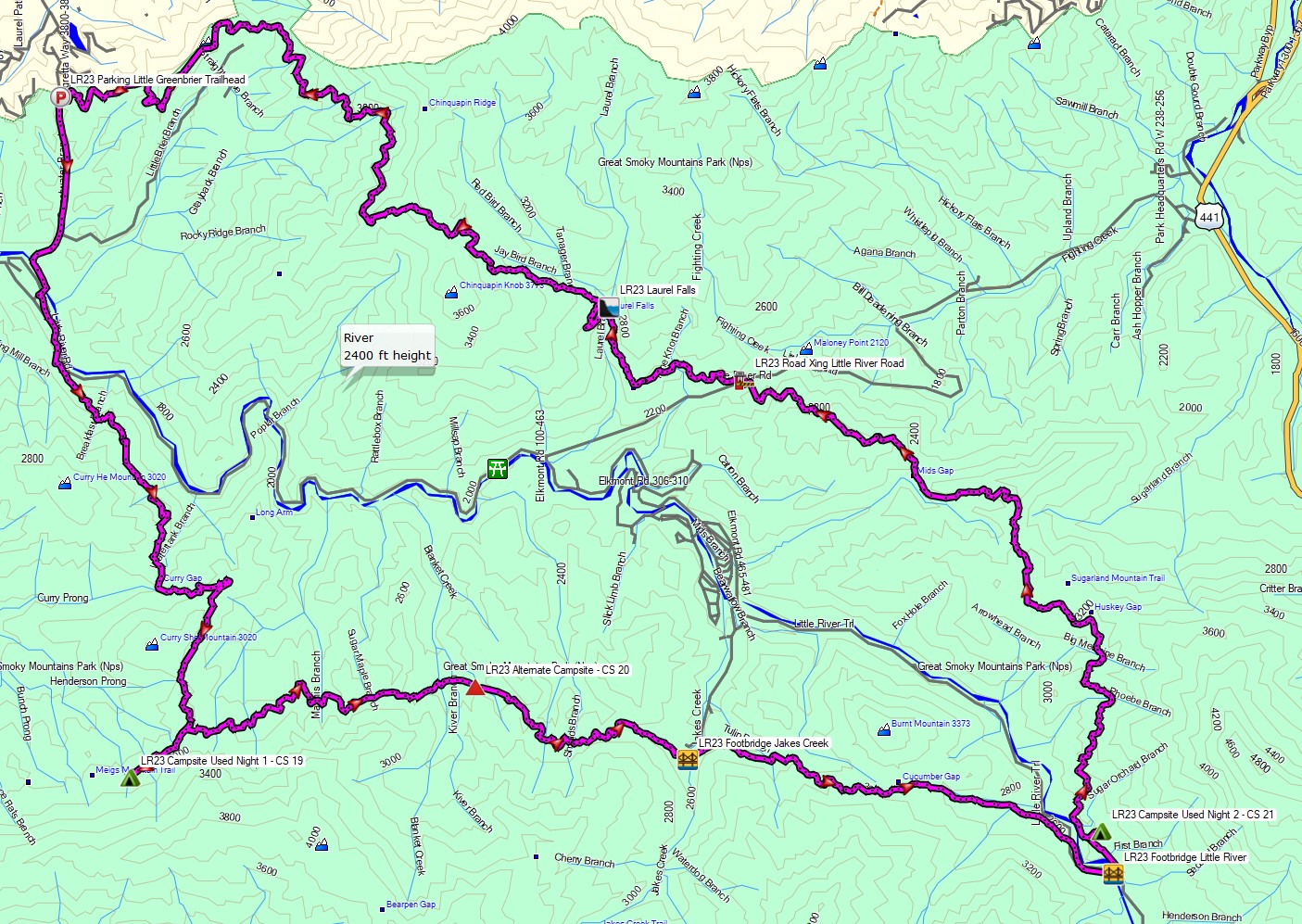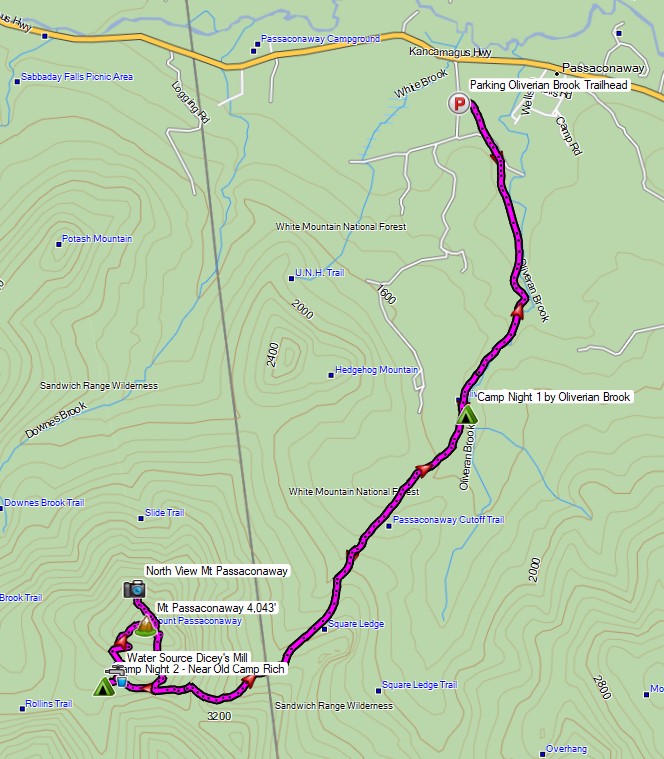3 Days of Backpacking and Camping in the Dolly Sods Wilderness.
For this spring backpacking adventure, we headed down to West Virginia’s Dolly Sods Wilderness are for some hiking, camping, good views and good times. Oh, and some seclusion – we got more of that than we bargained for on this one.
Dolly Sods is the highest plateau east of the Mississippi River, with a wide variety of terrain and ecology, covering over 17,000 acers. Despite this vastness, it’s still a pretty well known spot amongst east coast hikers. Due to some unforeseen circumstances, and a little stubborn determination to do a 3 mile road hike, this ended up being one of my most unique experiences in the Sods, as it was virtually void of other backpackers.
James and I both went with single person tent camping setups on this trip to give us more camping options in the windswept, treeless areas that cover much of the plateau. We also packed in a bunch of real food and a frying pan to try our hand at some fun camp cooking recipes.
Oh, and speaking of cooking – did I mention that this wasn’t just the emptiest I’ve every seen Dolly Sods, but it was also the driest? They say there’s no such thing as a free lunch. In our case, we had plenty of lunch, but there certainly were no free water sources. We would have to work a bit for that….
Our goal for this trip was to really just wing a do a good mix of time at camp and some mileage as needed, of course. If you’re planning a hike of your own in Dolly Sods and would like some detailed info on the area, including GPS data, gear used and trail descriptions, check out this post, where I do a solo backpacking trip with a full loop of the plateau and hike the majority of it’s main trails.
Season: Spring 2023
No permit is required to camp in the Dolly Sods Wilderness, but there are rules and regulations regarding backcountry camping. You can find more information on the USFS Dolly Sods website here.
Trailhead Used: Bear Rocks Trailhead, N39° 03.794′ W79° 18.197′
Public Rd 75, Davis, WV 26260
The Bear Rocks trailhead has room for many vehicles and is reached via a dirt / gravel road. The grade is not too aggressive and should be fine for most 2wd cars if driven carefully (I saw a couple when I was there). No parking fee or permit required. Loop begins behind the large info board.


